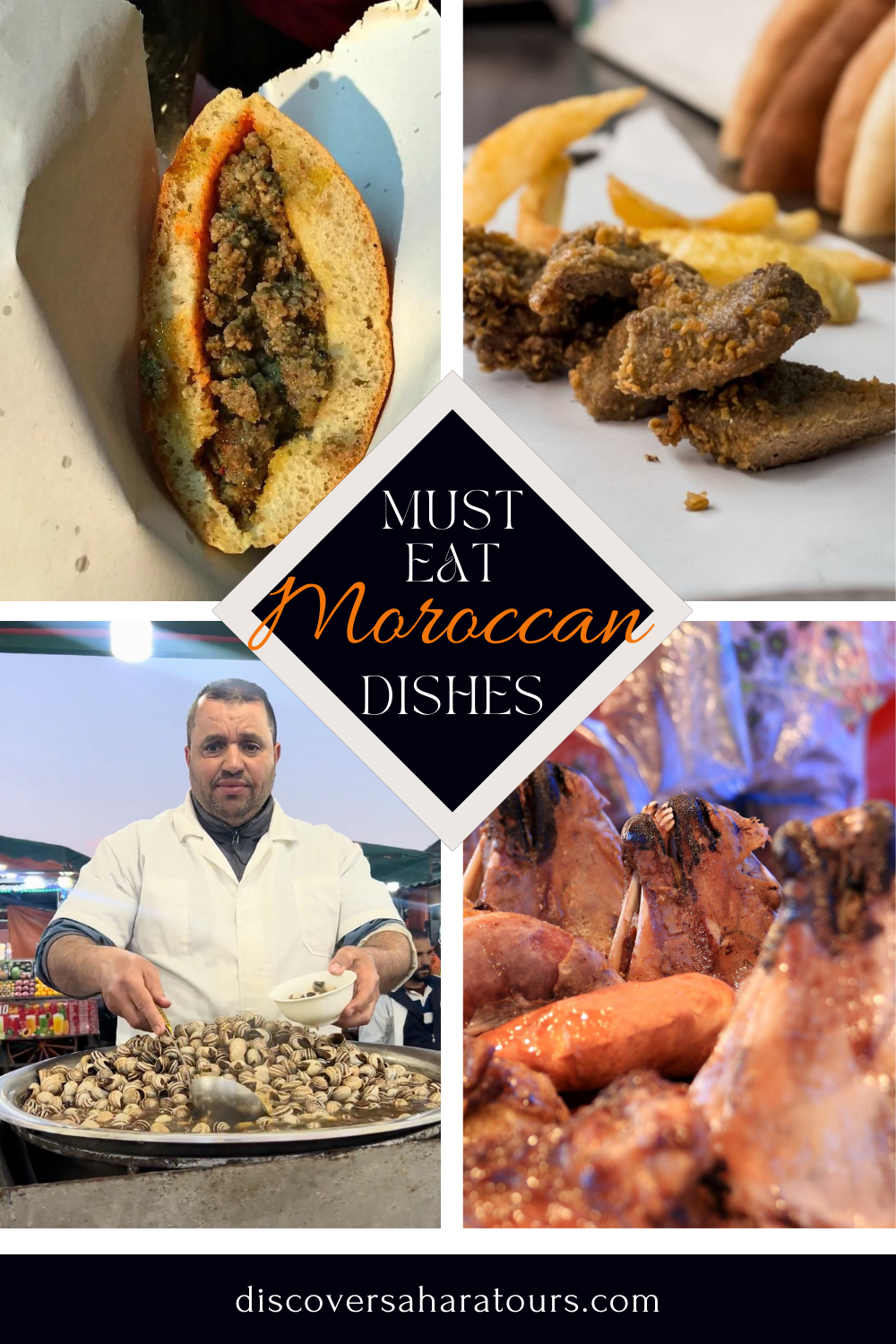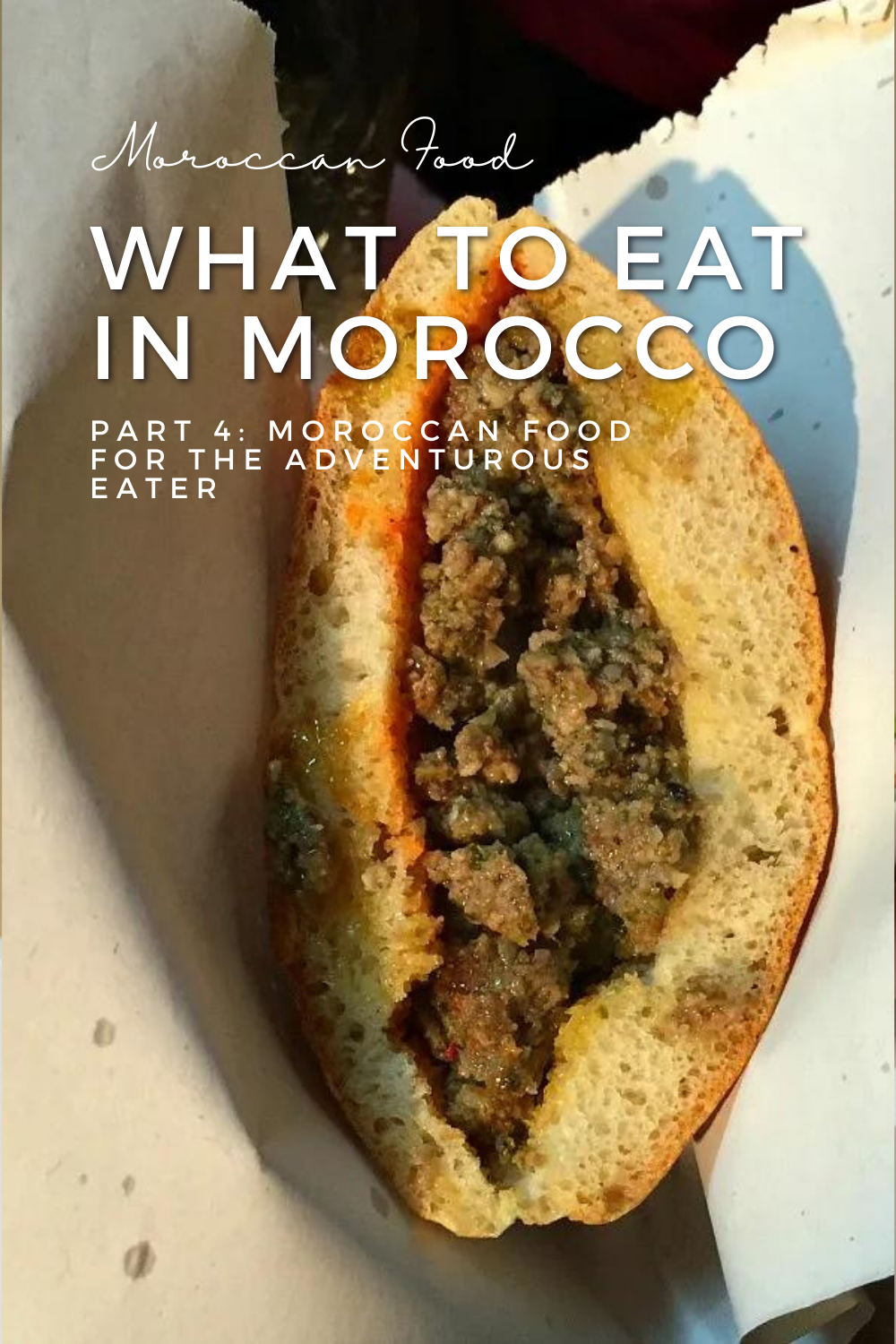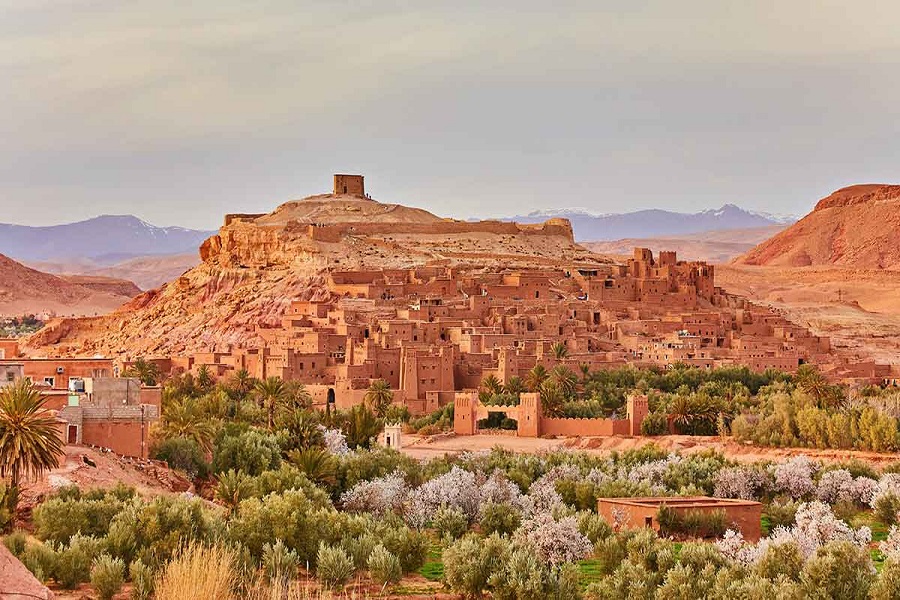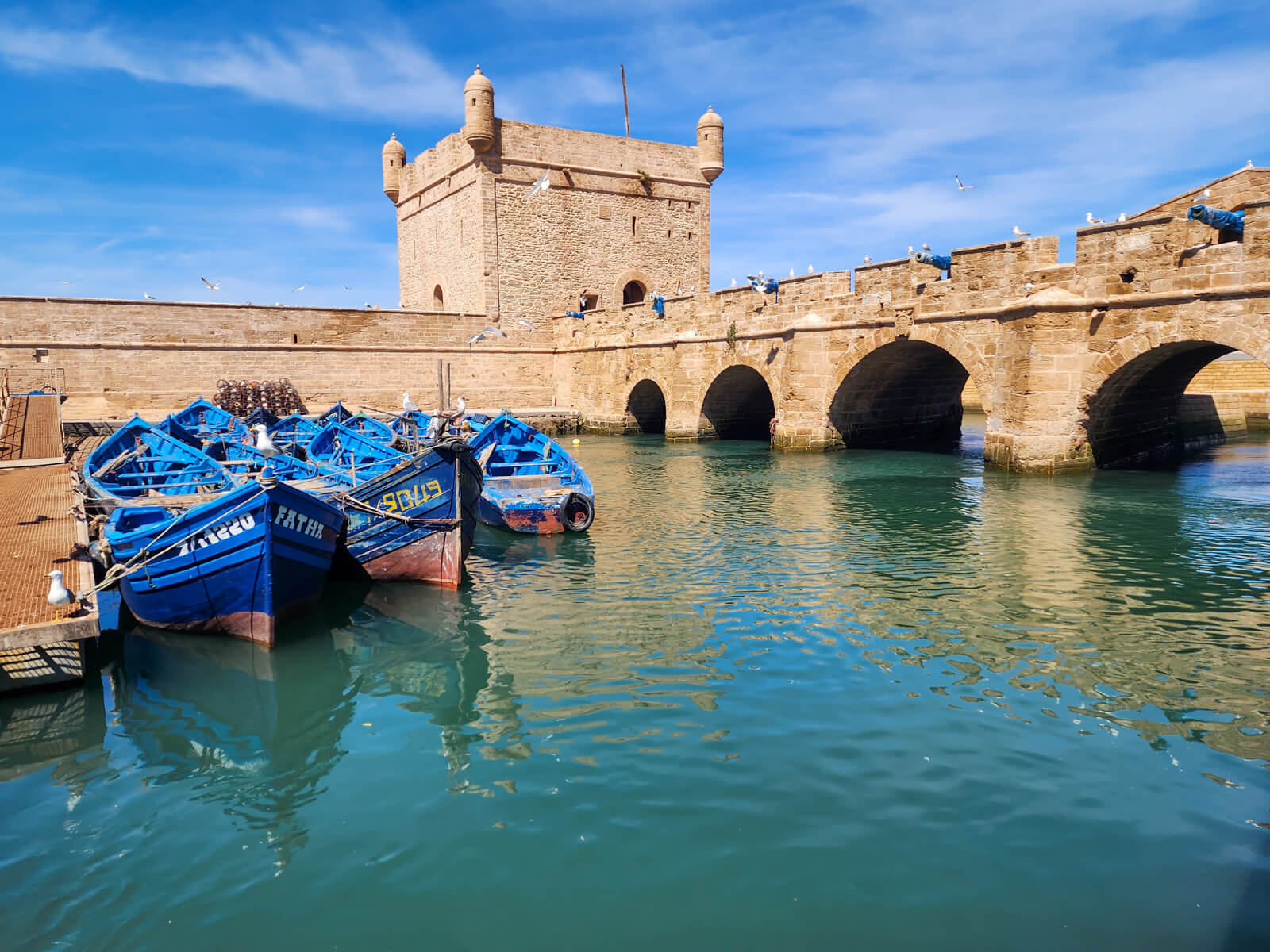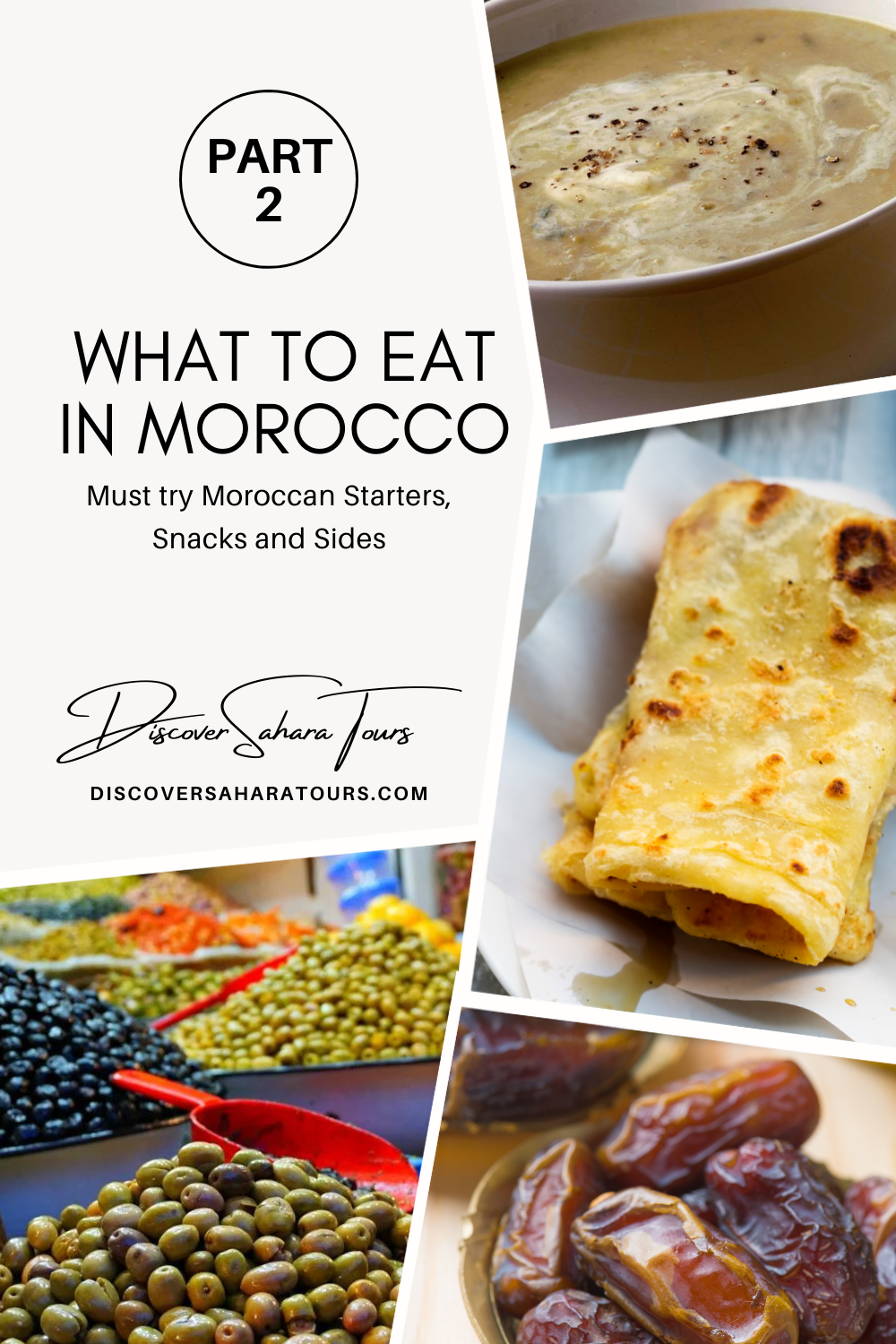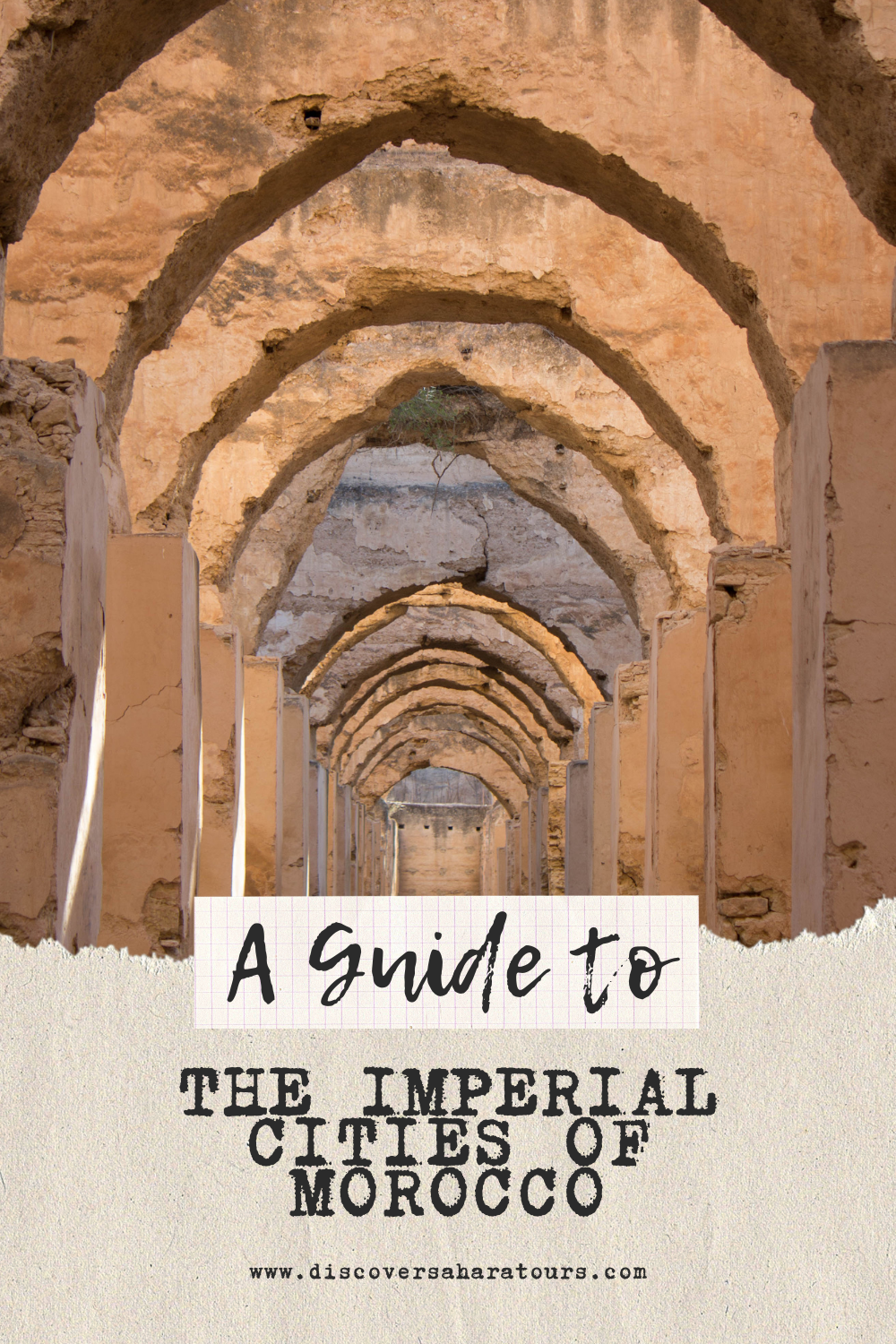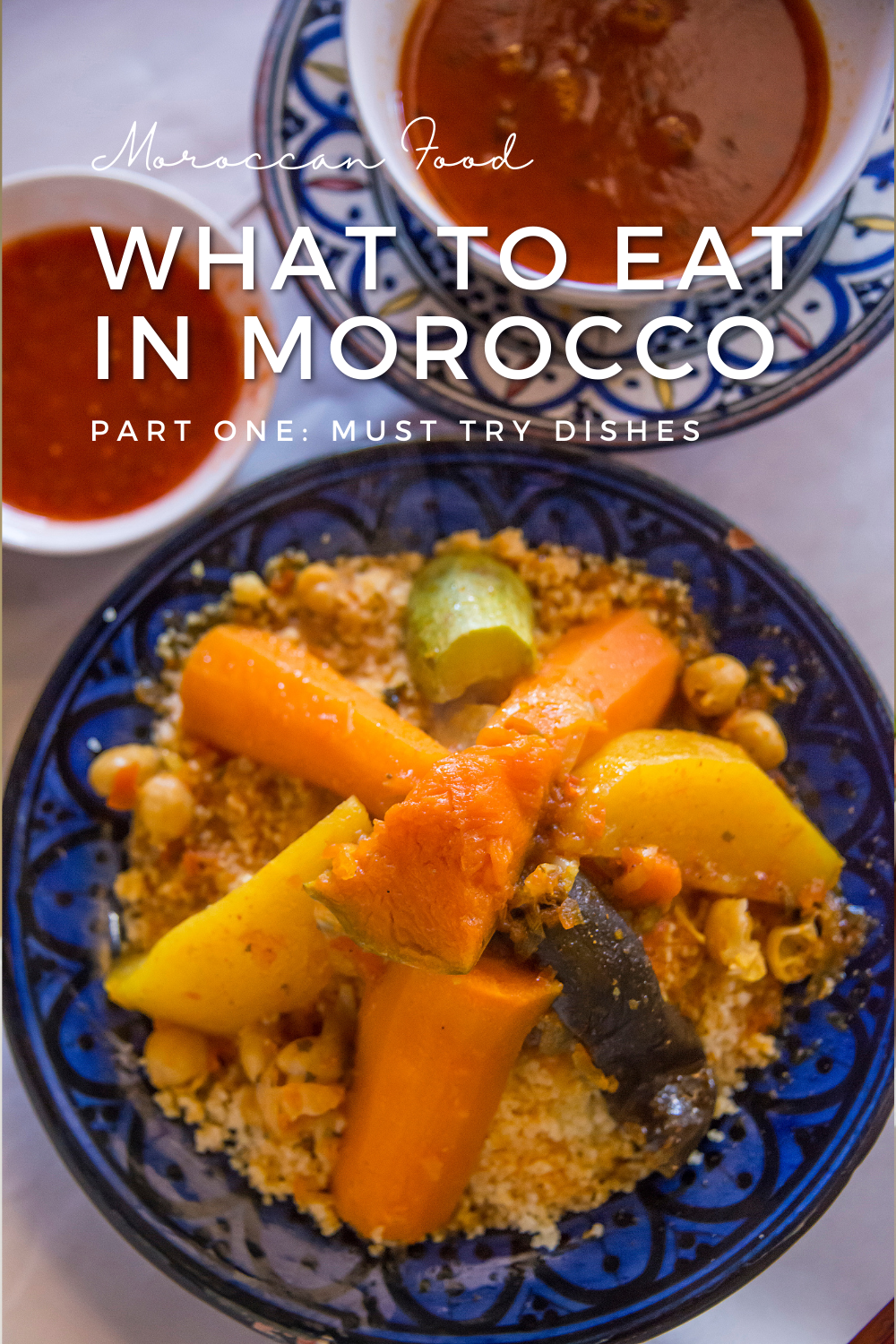What to Eat in Morocco – Part 4: Moroccan Food for the More Adventurous Eater
Travel is not complete without experiencing the flavors of the country. In this blog, we are going to look at the when visiting Morocco, but be sure to check out parts 1,2, and 3 to learn about basic must-eat dishes, snacks, and street food you should add to you list of things to try!
Morocco is a paradise for adventurous eaters, offering a rich tapestry of flavors and dishes that showcase the country's diverse culinary heritage. While traditional Moroccan food often features well-known staples like couscous, tagine, and mint tea, there exists a more daring side to Moroccan cuisine that invites the boldest of palates to explore. In this installment of "What to Eat in Morocco," we delve into the realm of unique and lesser-known delicacies that promise to tantalize your taste buds and provide an authentic glimpse into the heart of Morocco's food culture. From the intriguing Spleen Sandwich to the savory Babbouche, Lahem Ras, and Crumbled Liver, each dish tells a story of tradition, resourcefulness, and bold flavors. Embark on this culinary adventure and discover the unexpected delights that await those who are willing to venture beyond the familiar.
Just a Few Must Eat Moroccan Foods
Spleen Sandwich
The Spleen Sandwich, a unique and adventurous choice among Moroccan street food offerings, is a must-try for those looking to delve deeper into the country's culinary heritage. Known locally as "Kebda Mchermla" when prepared with liver, variations of this dish, including the Spleen Sandwich, showcase Morocco's resourcefulness and flavor-packed cuisine.
This distinctive sandwich features tender, marinated ground spleen tucked into fresh Moroccan bread, such as Khobz or batbout. The preparation of the spleen is an art in itself; it is typically marinated in a vibrant mixture of garlic, cumin, paprika, and coriander, along with tangy lemon juice and rich olive oil. The marinated spleen is then slowly cooked until it becomes succulent and deeply infused with the aromatic spices. Some variations may include additional herbs like fresh parsley and cilantro, adding a burst of freshness to the robust flavors.
Historically and culturally, offal dishes like the Spleen Sandwich are deeply embedded in Moroccan culinary traditions. They reflect a nose-to-tail approach to cooking, where no part of the animal goes to waste. This practice not only showcases respect for the animal but also the culinary ingenuity required to transform less commonly consumed parts into delectable bites.
The Spleen Sandwich is often found at bustling street markets, where vendors expertly grill the spleen over open flames or slow-cook it to perfection in large pots. These sandwiches are typically served hot, with a sprinkle of sea salt and a squeeze of lemon, enhancing the depth of the spleen's flavors while balancing the richness with a touch of acidity. For an added layer of texture and flavor, some vendors may include slices of pickles, olives, or even a drizzle of spicy harissa sauce.
For many locals, the Spleen Sandwich is more than just street food; it is a nostalgic comfort food that evokes memories of family gatherings and traditional meals. For visitors and adventurous eaters, it offers a tantalizing glimpse into the heart of Moroccan cuisine, where bold flavors and inventive uses of ingredients reign supreme.
Savoring a Spleen Sandwich is not just about enjoying a meal; it's about experiencing a piece of Morocco's rich cultural tapestry. The melding of spices, tender meat, and fresh bread creates a symphony of flavors that is both surprising and thoroughly satisfying. Whether you're a seasoned foodie or a curious traveler, the Spleen Sandwich is undeniably worth a try, offering an authentic taste of Morocco's culinary innovation and tradition.

Babbouche (Snail Soup)
Babbouche, or snail soup, is a Moroccan delicacy that may intrigue and delight adventurous eaters. This warm and savory soup, brimming with fragrant spices and tender snails, holds a special place in Moroccan street food culture.
The preparation of Babbouche begins with the careful cleaning and purging of fresh snails, ensuring they are ready to absorb the flavorful broth. The snails are then simmered slowly in a broth made from a unique blend of spices including anise, thyme, caraway seeds, and the distinctively pungent mskala—a traditional Moroccan spice mix. This aromatic concoction is further enriched with fresh herbs like coriander and parsley, garlic, olive oil, and a hint of lemon juice, which together create a deeply flavorful and slightly spicy soup.
The result is a deeply aromatic broth that perfectly complements the tender snails, making for a comforting and nourishing dish. Traditionally, Babbouche is served in small bowls or cups, allowing for the snails to be enjoyed with sips of the warm, spiced broth. Some vendors may provide a toothpick or small skewer to help extract the snails from their shells, adding a hands-on aspect to the eating experience.
Babbouche is commonly found at street markets and food stalls across Moroccan cities like Casablanca, Fez, and Marrakech, particularly during the cooler months when its warming qualities are most appreciated. The soup is often sold by vendors specializing in this traditional dish, whose large, steaming pots and aromatic stalls draw locals and tourists alike. Whether enjoyed as a hearty snack or a light meal, Babbouche offers a delightful and authentic taste of Morocco's rich culinary heritage.
Exploring Moroccan street food wouldn't be complete without sampling Babbouche, which encapsulates Morocco's love for spices and inventive use of local ingredients. So, if you find yourself wandering through the markets of Morocco, be sure to follow your nose—or more precisely, the tantalizing aroma of simmering spices—to the nearest Babbouche vendor. It's a culinary adventure that promises warmth, flavor, and a memorable taste of Moroccan culture.
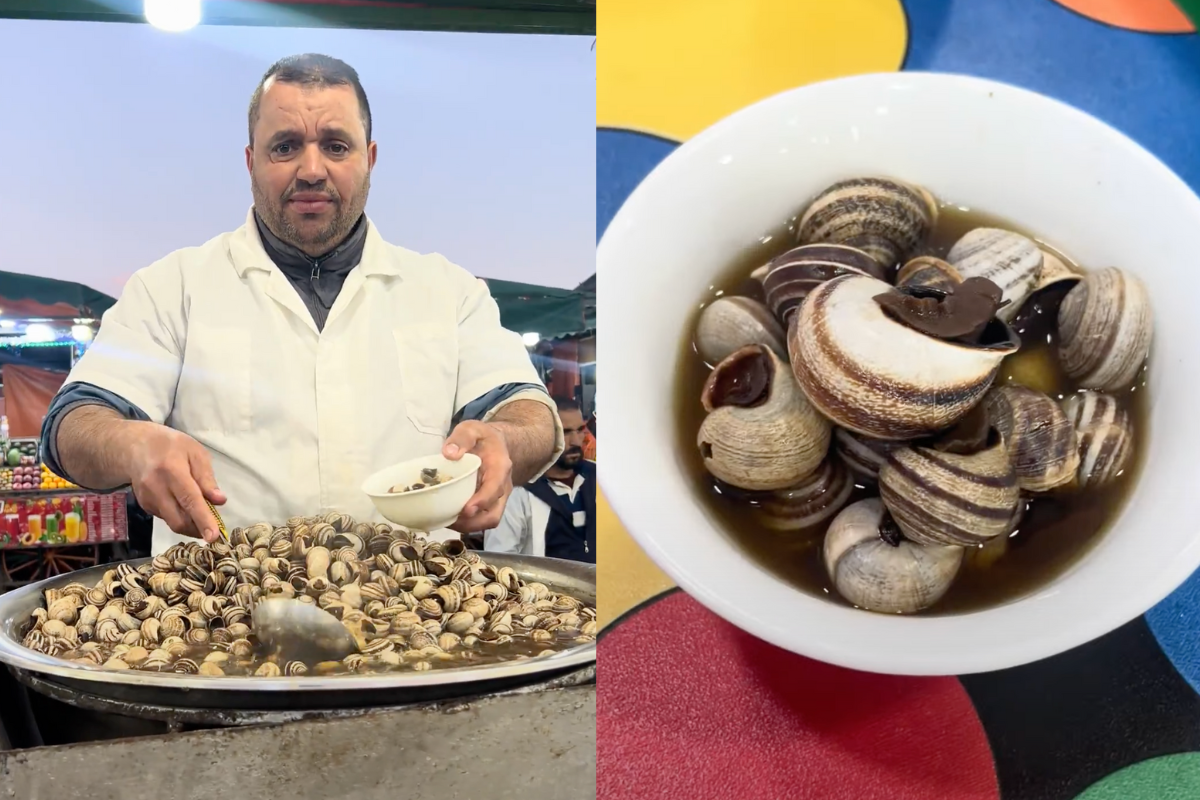
Lahem Ras (Lamb's Head)
Lahem Ras, or lamb's head, is a distinctive and cherished dish in Moroccan cuisine that beckons the more adventurous eater. This traditional delicacy showcases Morocco's resourcefulness and deep respect for using every part of the animal, embodying the philosophy that is prevalent in the country's culinary traditions.
To prepare Lahem Ras, the lamb's head is first meticulously cleaned and then often split in half for thorough cooking. The preparation typically involves seasoning the head with a robust blend of traditional Moroccan spices such as cumin, paprika, garlic, and coriander. Some variations might also include preserved lemon, adding a tangy kick to the dish. The marinated head is then slow-cooked, often in a tagine or large pot, allowing the flavours to meld and the meat to become incredibly tender. During the cooking process, aromatic ingredients like onions, saffron, and fresh herbs are added, infusing the meat with an unforgettable depth of flavor and aroma.
Historically, lamb's head has been an integral part of Moroccan feasts and celebrations, particularly during religious holidays such as Eid al-Adha, when lamb is traditionally slaughtered. In many Moroccan households, the preparation and sharing of Lahem Ras is a communal activity that strengthens family bonds and honours cultural heritage.
Lahem Ras can be found in the bustling street markets of cities like Marrakech, Fez, and Rabat. It is often sold by specialized vendors who cook the dish to perfection, offering it up hot and seasoned, ready to be enjoyed right at the market stall. For a complete experience, the dish is typically served with Moroccan bread, allowing diners to soak up the richly flavoured juices. Some vendors may also accompany the dish with a side of fresh herbs or a tangy dipping sauce to enhance the savoury flavours further.
For locals, Lahem Ras is a nostalgic reminder of home-cooked meals and festive gatherings. For visitors, it provides a unique opportunity to savour a traditional delicacy that encapsulates the essence of Moroccan culinary creativity and tradition. So if you're keen to experience an authentic taste of Morocco's culinary heritage, be sure to seek out a vendor serving Lahem Ras during your exploration of the vibrant Moroccan markets.

Tkalia (Crumbled Liver)
Crumbled Liver, known locally in Morocco as Tkalia, is another must-try dish for those who appreciate the depth and richness of Moroccan cuisine. This savory dish features liver, typically from lamb or beef, that is carefully cooked to achieve a unique and delightful texture. Tkalia is celebrated for its robust flavors, owing to the liver's inherent richness and the aromatic spices that accompany its preparation.
The preparation of Crumbled Liver begins with the thorough cleaning of the liver, ensuring it is free from any impurities. Once cleaned, the liver is chopped into small, bite-sized pieces. It is then marinated in a mixture of traditional Moroccan spices such as cumin, paprika, and garlic, often accompanied by a splash of olive oil and a squeeze of fresh lemon juice to enhance the flavors. Some recipes may also include a hint of mild chili to add a subtle kick.
After marinating, the liver is sautéed with onions until it becomes tender and infused with the spices. The cooking process is relatively quick, ensuring the liver retains its tenderness without becoming too chewy. Once cooked to perfection, the liver is often crumbled or broken down further, which helps to evenly distribute the flavors and achieve the desired texture.
Crumbled Liver is typically served as a main dish and is often accompanied by a variety of sides that complement its rich and savory flavors. It pairs exceptionally well with Moroccan bread, such as khobz, which is perfect for soaking up the flavorful juices. Additionally, it may be served alongside a fresh salad or a side dish of seasoned vegetables, offering a delightful balance of textures and flavors.
This dish can be found in many Moroccan homes, where it is often prepared for family gatherings and special occasions. For those exploring the bustling streets of Moroccan cities such as Marrakesh, Fez, and Casablanca, Crumbled Liver can also be found at street food stalls and local eateries. The vendors, known for their expertise in traditional Moroccan cuisine, prepare this dish with the same care and attention to detail as a home-cooked meal.
Sampling Crumbled Liver is not just about tasting a dish; it's about immersing oneself in the rich tapestry of Moroccan culinary tradition. The combination of tender liver, aromatic spices, and the hands-on preparation process reflects the heart and soul of Moroccan cooking, making it an essential experience for any culinary enthusiast.
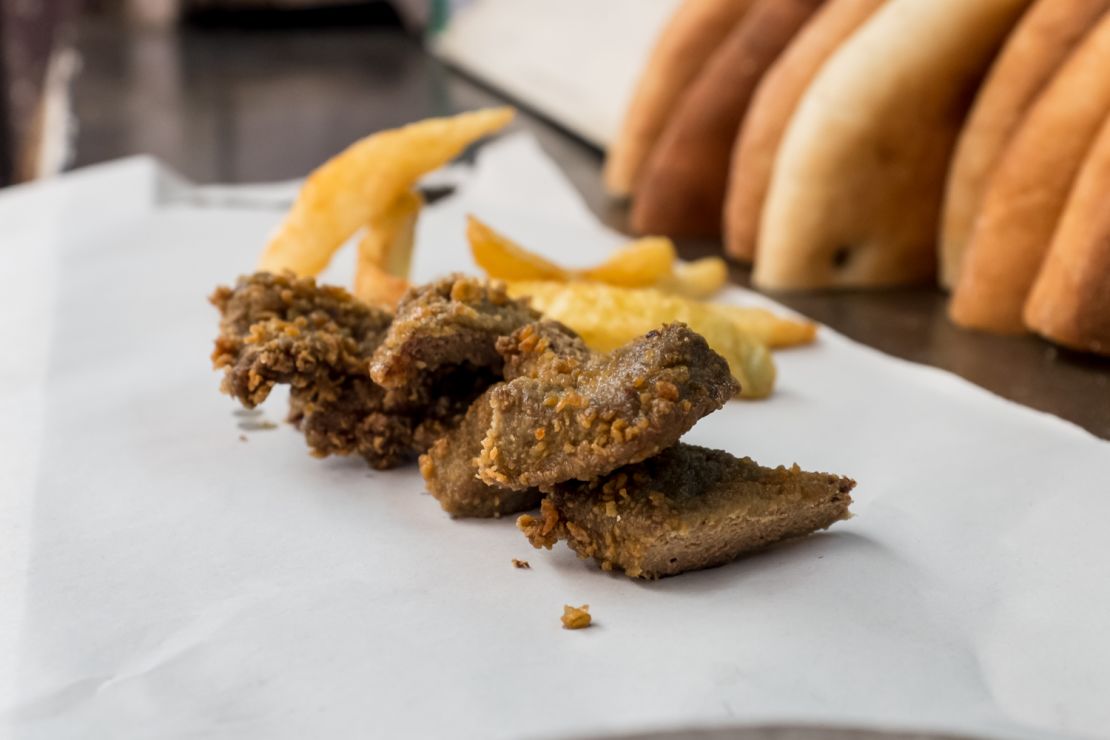
Pin It: Save This Page for Later!
